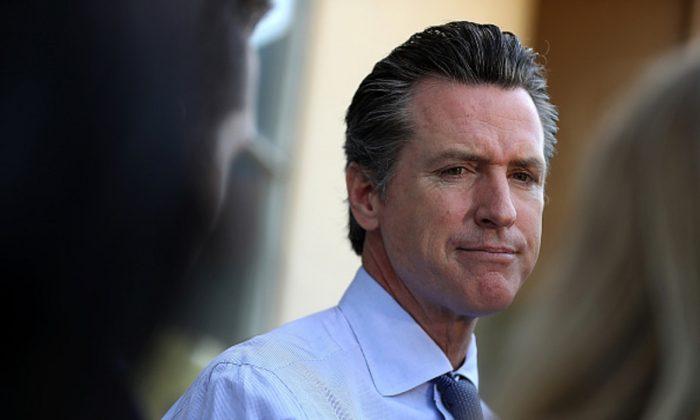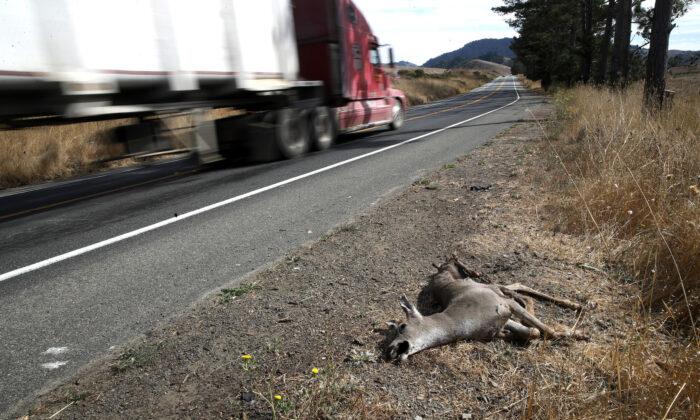After California Gov. Gavin Newsom proposed a tax break of $100 million per year for those who invest in qualified clean energy projects or low-to-moderate-income housing, state legislators declined to support the plan before this year’s deadline.
The lawmakers will adjourn their 2019 session on Sept. 13. However, Sept. 10 was the last day for the proposal to be added to a bill to be eligible for a vote.
Kunal Merchant, president and co-founder of CalOZ, a business group that supports qualified opportunity zones (QOZ) in California, told The Epoch Times that the implementing the program at the state level in the future will still benefit the state.
“Opportunity zones offer an important new tool, not only to promote economic mobility and the green economy in areas of our state that need it most, but also to re-evaluate and re-imagine how business, government, and community work together to foster a more competitive, equitable and sustainable economy in California,” he said.
Qualified Opportunity Zones, envisioned in the bipartisan Investing in Opportunity Act, were designed to encourage long-term investments in low-income urban, suburban and rural communities throughout the U.S. by offering a new tax incentive for investors in special private investment vehicles called Opportunity Zone Funds.
President Donald Trump championed the concept, which has now been embraced by at least 46 states. California has labeled 879 locations in 57 counties as opportunity zones.
The federal government defines an opportunity zone as an economically distressed community in which new investments could be eligible for preferential tax treatment. Communities can qualify as opportunity zones if they have been selected for that label by the state and that selection has been approved by the Secretary of the U.S. Treasury via the Internal Revenue Service.
The U.S. Department of the Treasury certified more than 8,700 census tracts as QOZs in every U.S. state and territory in June 2018. These QOZs, which were created to stimulate development in distressed areas, have an average poverty rate of almost 31 percent and an average median family income of 59 percent of the median in the general area. They involve 1.6 million places of business, 24 million jobs and 35 million Americans.
CalOZ has developed “CalOZ for All,” an initiative to encourage the implementation of policies in California regarding opportunity zones, economic mobility, and sustainable growth.
Merchant responded to the concerns of the California Tax Reform Association, which has argued that most of the tax benefits of QOZs will go to wealthy investors, including those who are out of state.
“The state proactively engaging in this program makes it more likely that both investors and communities will benefit. The government is showing that it cares,” he said.
QOZs also present the opportunity to bring new money into the state and keep it there, Merchant argued. New incremental private investment in low-income communities will provide amenities such as co-working spaces for startup companies, health care clinics, and affordable housing.
“The whole point is trying to help save communities by embracing new ideas to solve old problems,” Merchant summarized.





Friends Read Free